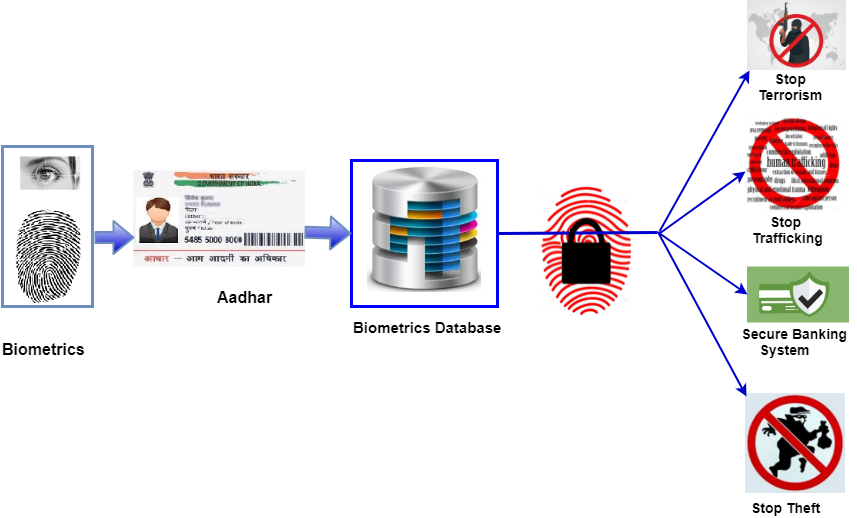24x7x365 Support No. 011-40848888 (Except National Holidays)
24x7x365 Support No. 011-40848888 (Except National Holidays)

Posted On: August 13, 2018
/Categorized In: Biometric News & Updates / Biometric Security / Facial Recognition
/Written By: Starlink
The safety of the nation from threat is the primary duty for all of us that evade all the emerging risks created by nature or humans. In recent years, we have seen different types of threats such as, cyber threats, terrorist incidents, and cross-border incidents around the globe that always try to breach the national security. These incidents have proven that current national security checks are not enough to stop the breaching and need proper and adequate methods to strengthen the entire system.
Nowadays, national security plays an important role in border security and also securing daily lives. Now, it is one of the main concern and requires continuous efforts. So that, to achieve national security and to stops unwanted cyber attack government is involved in collecting the information at a large scale and use this information to block the security holes. This information is not the common data of an individual, it is biometric data, which is impossible to stole. It can be in the form of fingerprint, thumbprint, iris recognition, face recognition, voice recognition etc.
Sharing biometric data can fix the loopholes present in the system and improve national security by using biometric authentication methods. In short, it keeps the data into multifold for higher security and makes system able to fight organized terrorism, smuggling, cybersecurity, banking and financial threats, human trafficking, border protection, etc.
Biometrics helps lost children to return home. According to the 2011 census, India is among the nations with the largest number of children in the world, with about 40% of the 1.2 billion population being below the age of 18. Thus, the child security becomes the matter of high concern in India. As per the report in 2017, more than 500 missing children have been traced out through ‘Aadhar‘ (biometrics enabled unique identification card). This occurred in an orphanage where a child found and go for ‘Aadhar’ enrollment. But later on, it was found that his/her 12-digit biometric identifier had already been made.
So to provide more packed and tight national security, now the Home Ministry of India is taking an initiative for making the national fingerprint database of nearly 30 lakh convicts and arrested criminals. This database will be used for speedy identification of offenders and for accelerating ongoing probes. Till now, the Central Finger Print Bureau (CPFB) has 9.7 lakh fingerprint records of convicted or arrested persons in digitized form and around 20 lakh fingerprint records are yet to be linked with the central database. The later government planned to integrate the records and make them part of the national database.
It works by collecting the fingerprint from the crime scene that has to be matched with the state fingerprint bureau. If there is no match, the will send to the Central Finger Print Bureau (CPFB)and fingerprint bureaus of other states for future reference. This database also beneficial for the police in identifying bodies and helps in building leads and establishing the motives behind the crime.
Thus, with the successful records of biometrics in national security, the home ministry also plans to integrate the fingerprint database with other biometric techniques like digital images, palm prints and auxiliary biometric like Iris records in future.
Checkout our other products:
